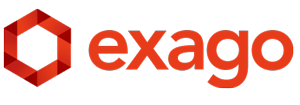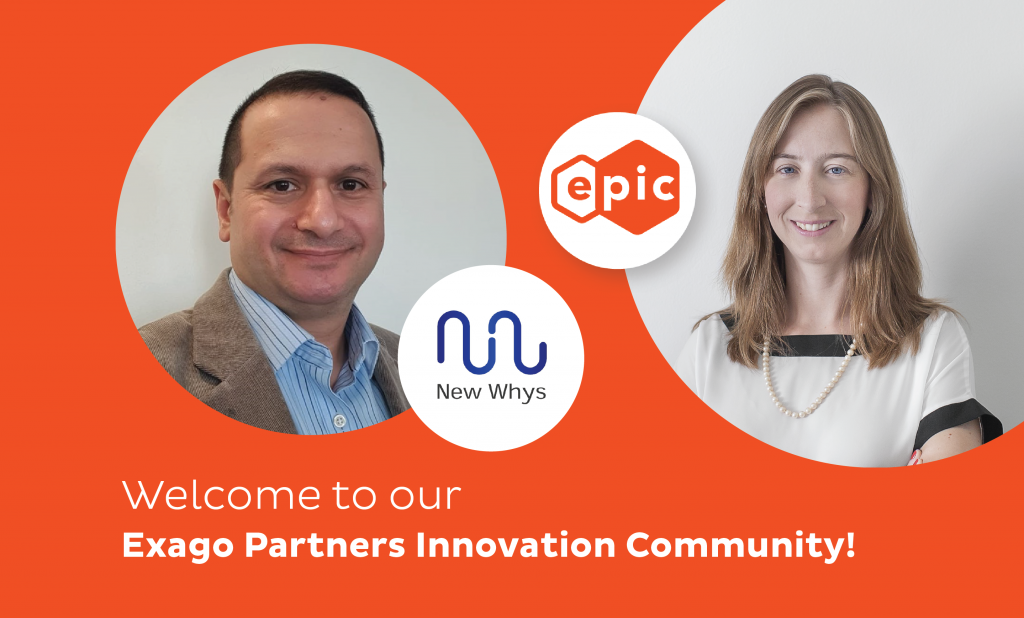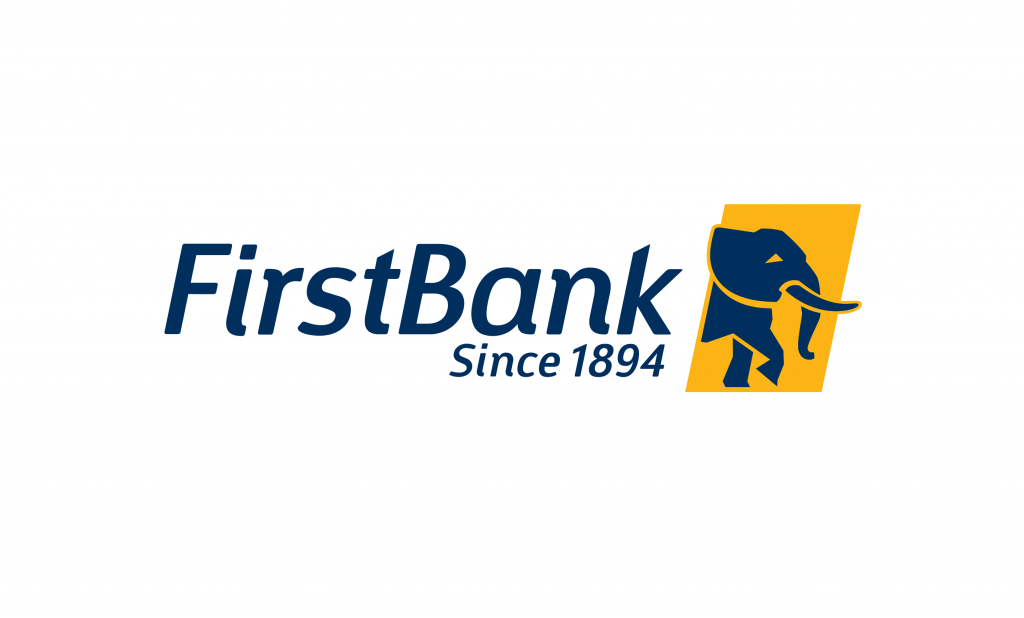We’ve seen how collaboration and collective intelligence are key to shaping your company’s future. Since you’ve not been given an army of trained consultants, you need to find creative ways to build your own. Ongoing training programmes that ‘produce’ innovation practitioners is one way to go.
Over time, you’ll gather a constituency ready to support you in your efforts, especially if you have this contribution codified into each individual’s performance evaluation targets. Spread your advocates strategically across branches, with different levels of innovation proficiency and sharing a commitment to this cause.
Within this framework, we planned and developed a specific set of products that increase the initiatives’ success, improving the quality of their content, speeding profit and reducing the risks of different opportunities. We call this programme the ‘Innovation Sigma’, for it enables people to innovate.
a) Four levels of proficiency
To ensure that the collaborators involved become proficient and use a common innovation language throughout the organisation, with ‘Innovation Sigma’ we developed a specific model of skill acquisition and performance. It differentiates collaborators on a four-level scale, specifically:
Practitioner | Advanced | Expert | Master
This model involves all organisation’s members in the process, allowing them to develop innovation skills progressively before advancing to the next level. Each level has a specific curriculum with a hands-on approach of ‘learn by doing’. Trainees can apply concepts and tools to resolve real business problems and challenges, according to their level, as this picture shows:
‘Innovation Sigma’ uses a business strategy as an anchor for all activities, posing specific strategic challenges to produce incremental or disruptive solutions, matching the proficiency level.
b) The framework
The framework consists of innovation tools and methods to generate and implement solutions addressing a given goal. It has five main phases, each one with the aim of generating specific content that develops a sequential flow in the process.

c) A complete innovation toolkit
For each phase of the ‘Innovation Sigma’ framework mentioned above, we designed a set of tools to generate specific content that strengthens the innovation process. This toolkit structure is organised around 43 tools, among others:
1. Exploration: detect potential problems/opportunities; search for knowledge ‘outside the box’ to gain fresh perspectives; select and structure the proposed challenges and insights;
2. Ideation: incentivise creativity; idea filtering;
3. Acceleration: integrate and cluster ideas; structure and enhance; identify variables for testing; concept pitch; concept potential (go/ no-go);
4. Validation: test/ experiment; gather “feedback”;
5. Operationalisation: planning; analysis; management and follow up; evaluation.
Whatever the programme you adopt, what’s important is that you create a homogeneous system, throughout your organisation: with a portfolio of offline tools, methods and processes that allow trained individuals to push innovation further.
Continuous innovation. Permanent training of tomorrow’s leaders, with tutorial programmes that impart leadership skills. Use of new technologies to increase the connection of members and teams, making them more flexible and improving their productivity. Inclusive and varied workplaces, where everyone is motivated to share their ideas and experience.
This is our view on twenty-first century organisation. One that ‘Innovation Sigma’ and idea management solutions help to build.
READ MORE:
The new threshold of corporate revolution
FROM THE START:
The future of work and the transformation from within
Pedro do Carmo Costa, Exago’s director and co-founder
Francisco de Rhodes Sérgio, VP Inbound and Sales for LATAM












